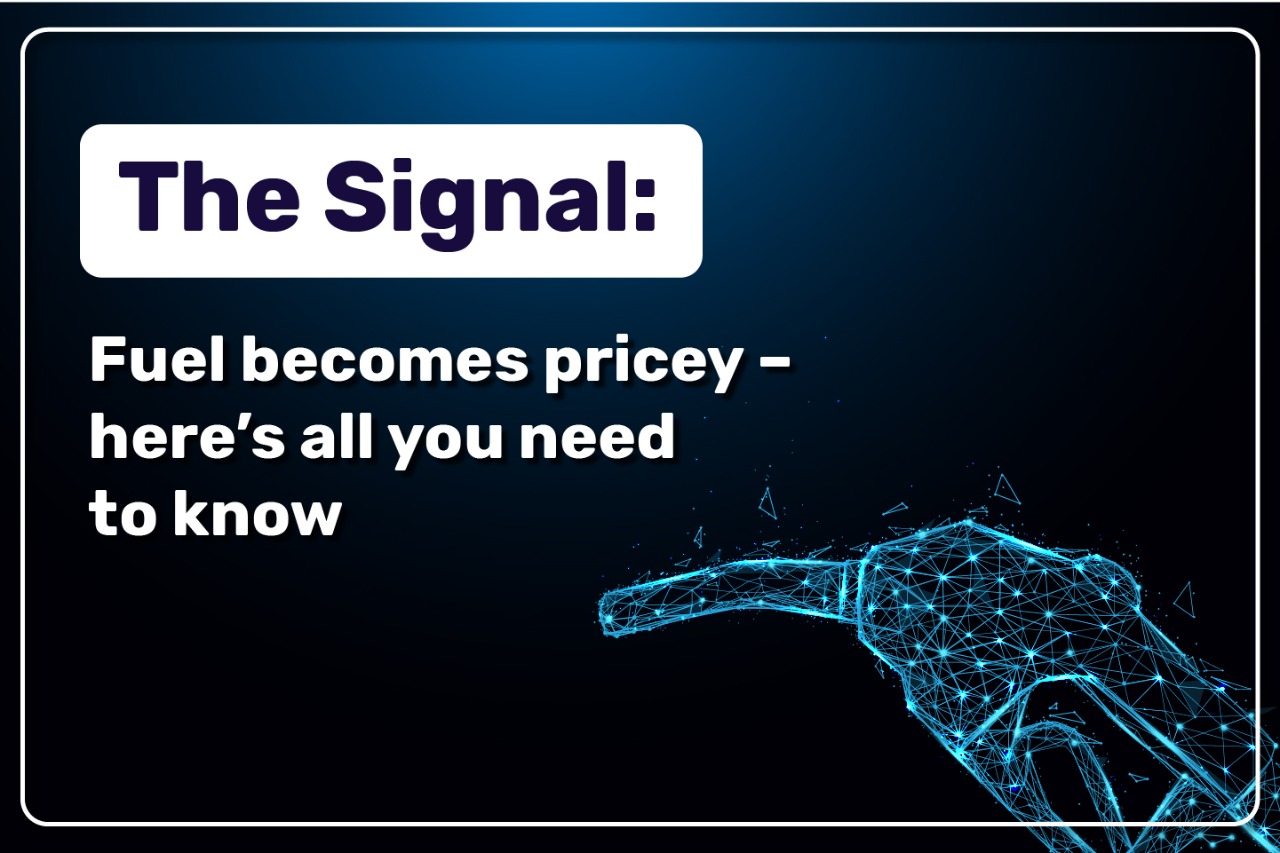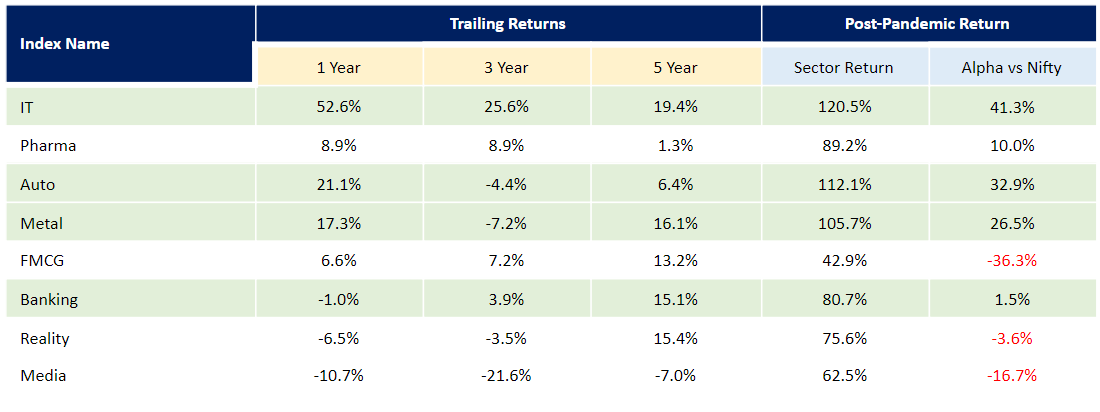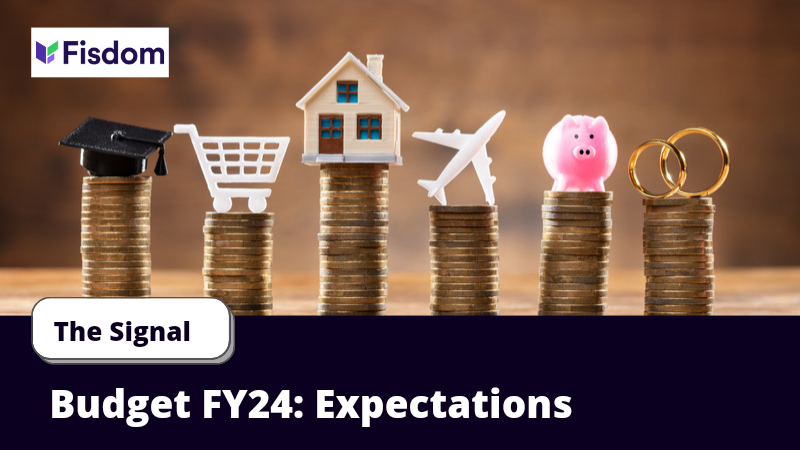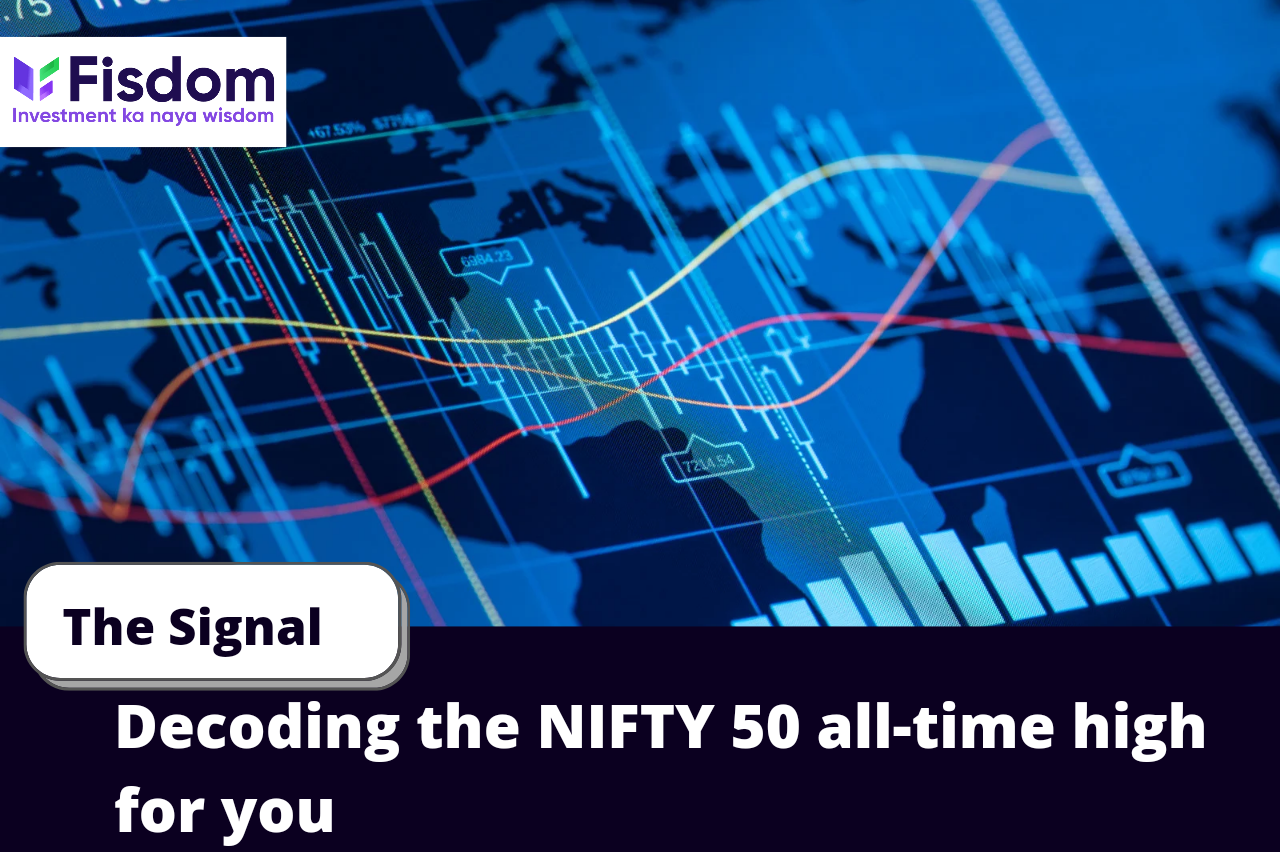
The post-pandemic India has been characterized by many a positives, but has also brought forth a set of negatives. A key element of the latter which has attracted individual & institutional attention has been the daily-increasing fuel prices.
As reference, petrol and diesel prices have recorded an upswing since January 6, 2021 after staying unchanged for nearly a month. Primary reason for fuel rates increases can be attributed to global crude oil price rally, and COVID-19 vaccination drive.
In India, fuel is favored across agencies and households for its versatility and immediate utility. The graph below shows how fuel price movement is more impactful across facets of Indian society vs global peers:

It is no secret that petrol & diesel prices today are trading at their highest levels in 2021. With majority spike seen across metro cities, below are the respective prices across the Big 4 cities in the country:

Producer supply cuts, revival of manufacturing & production in India, and optimistic business confidence has bolstered positive momentum for oil in country. This is highlighted in the extension oil price rally for 9th straight day, thus accounting for its longest winning streak in 2 years.
Given the above backdrop, it is imperative we understand the art-&-science behind fuel pricing and impact of latest announcements which are keeping fuel prices elevated at current levels.
The table below highlights the key factors which play instrumental role in determining the petrol price and the observations on the same:

The FY22 budget drew praise for being bold by welcoming more-than-able expenses amidst a global pandemic. A key beneficiary by way of direct and indirect expenditure is set to be agriculture, or in financial terms, how India employs 70% of its 1.2 billion+ population!
In a bid to welcome efficiency in the field (pun intended), the introduction of the AIDC is set to augur revenues for the farmers and its feeders (India). In a bid to reduce burden of implemented cess on consumers, the following excise duty announcements have been parallelly made:
- Reduction of basic duty from Rs.2.98 /ltr to Rs.1.4 /ltr for petrol
- Reduction of basic duty from Rs.4.83 /ltr to Rs.1.8 /ltr for diesel
- Special duty sees reduction by Rs.1 on both petrol & diesel, bringing down revised cost to Rs. 11 & Rs. 8 respectively
As is observed, Current fuel prices and Govt. intentions show discrepancy, as after all efforts, the fuel prices are bearing high buying prices. How has this happened?
The main culprit is the steep hike in taxes (refer to table above) undertaken by govt (central & state) in years last. Further, the crude crash in 2020 May was met by duty hikes to offset revenue shortfalls in direct & indirect tax collections.
As India gears to become the new global growth engine and the world’s manufacturer, it will look to boost imports and thus will need to amplify its revenues source at the same time. Hence, current pressures on fuel prices can stay the momentum to meet self-imposed growth targets.
The Impact Assessment
- On India:
On a macro level, fuel prices have accounted for ~88% of the total fuel import bill over the last 2 decades. The graph highlights the same on a calendar-year basis:

As is observed, crude oil import accounted for 85%+ of total import bill in the year of the pandemic, i.e. when all activity came to an abrupt standstill! In fact, fuel price increase bear direct impact on country’s inflation indices across consumer and wholesale measurement scales.
Hence, increasing cost of fuel bears direct and indirect impact on every purchase made by institutions irrespective of scale. The one respite lies in the amassed reserves ($590 Bn – highest ever) which have enough firepower to cover a year’s worth of import costs.
On Indians:
- First and foremost, the increase in oil prices is set to reduce your purchasing power as goods & services are set to become expensive thus leading to temporary hikes in your monthly budget.
- Increase in oil prices will elevate cost of goods for companies, thus eating into their bottom-lines. The potential impact of reduced profits may translate into reduced share prices. The effect on personal investments can be limited by investing into mutual funds, as they champion diversification and are backed by professional management.
Anecdotally speaking, change in fuel price is the equivalent of the ‘Butterfly Effect”. However, does that need to worry you? Simply put, No.
Oil prices have increased before, and will increase again in the future. However, remember, every rise is accompanied with a fall. It is imperative to stay sound and not permanent changes on temporary actions (All of 2020 will attest to this).
Do write to us in case you wish to share your thoughts with us. We excitedly await to hear from you.
Till then, wish you a Happy weekend



























